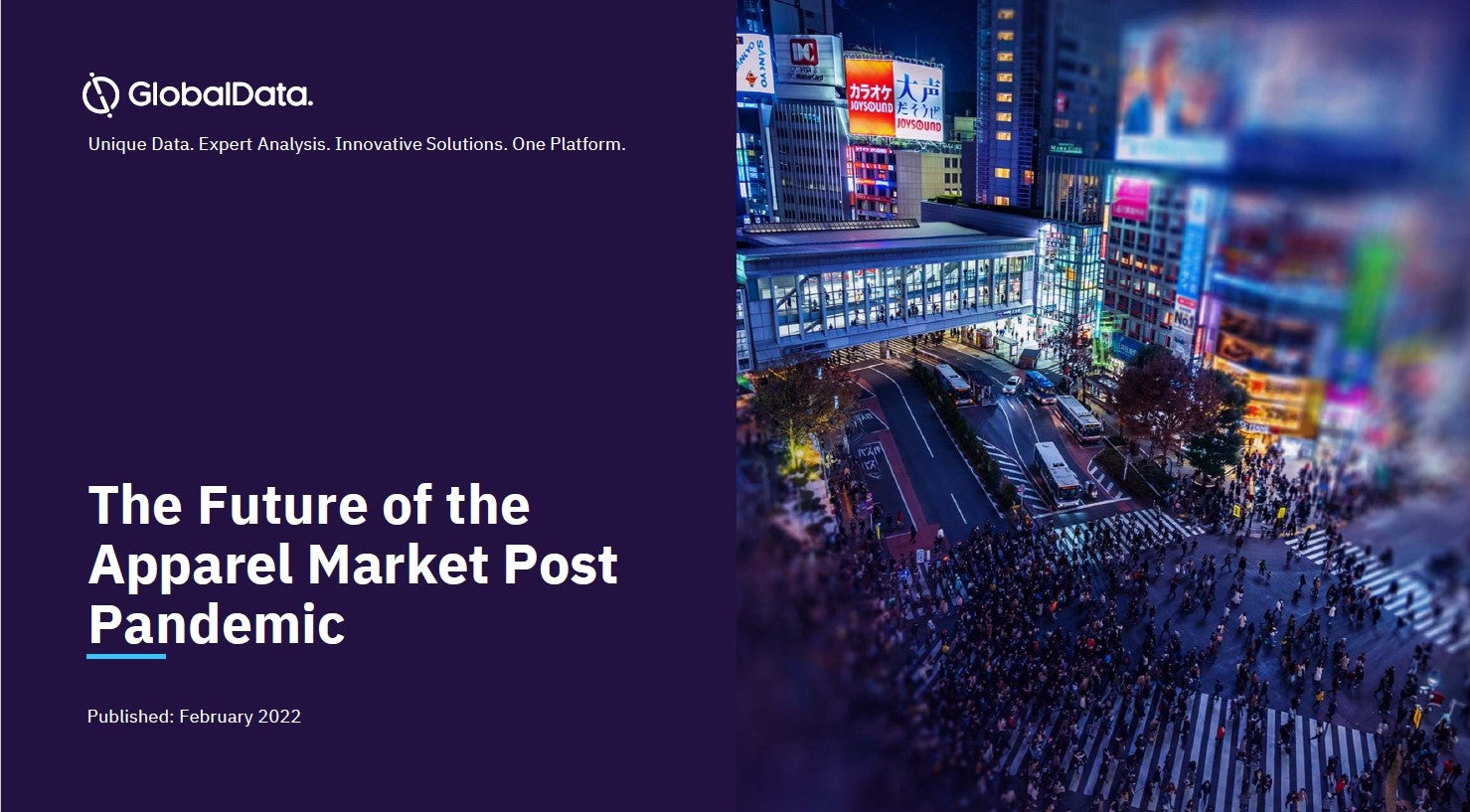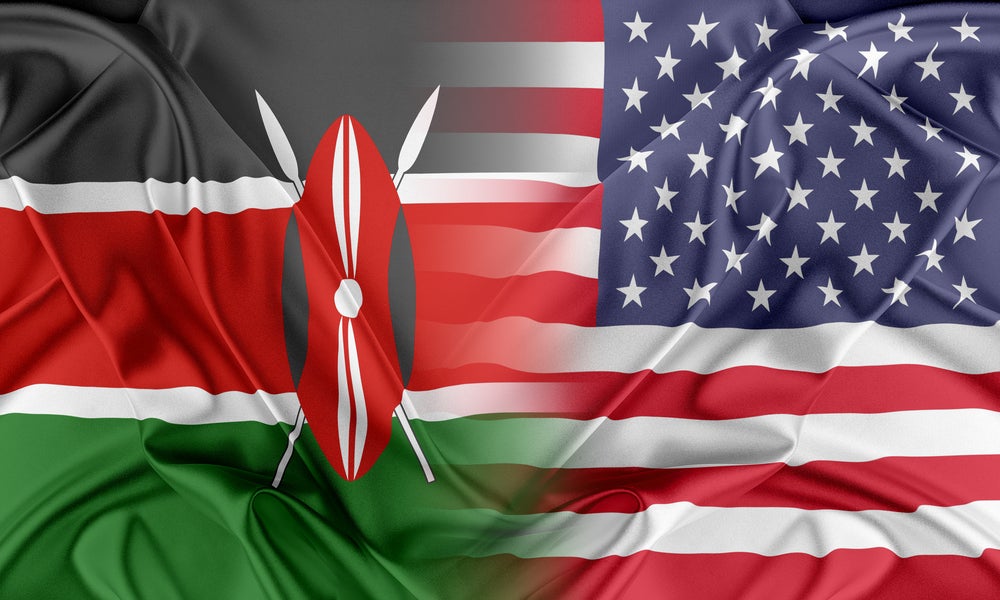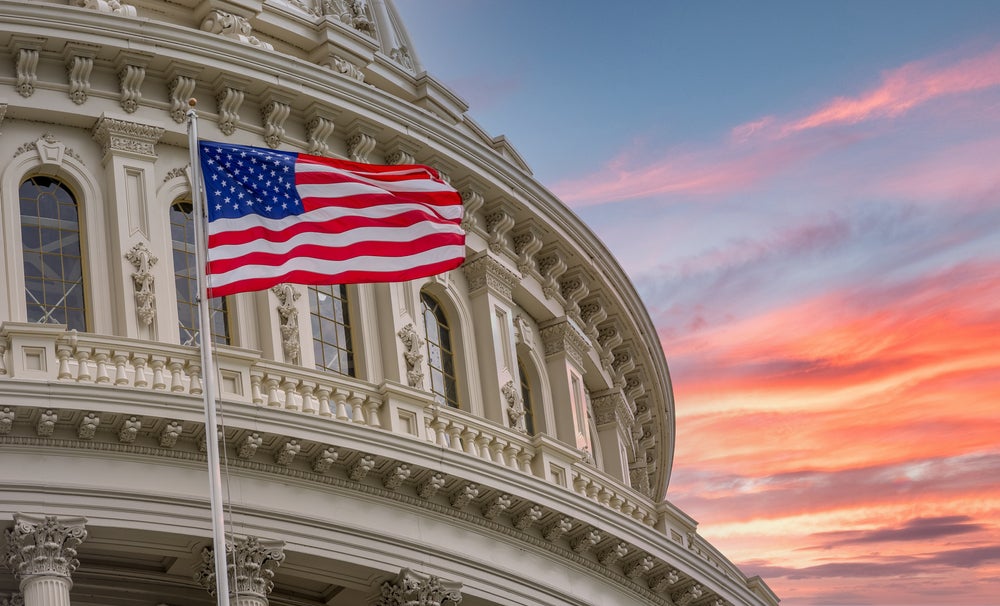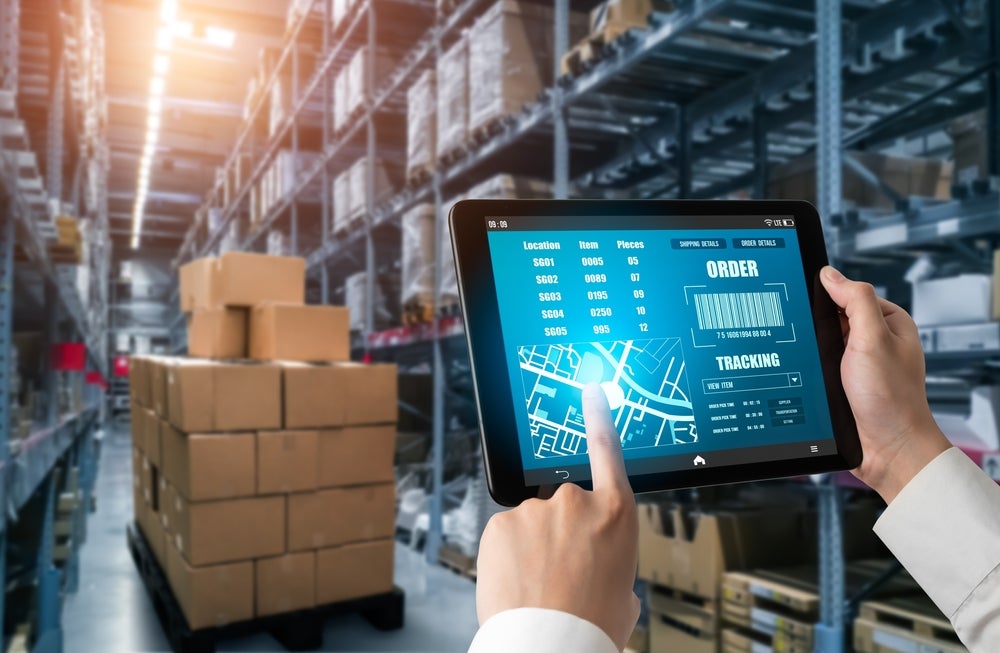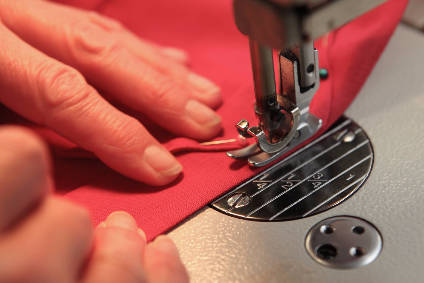
US clothing brands and suppliers are likely exploring ways to make their supply chains faster and more nimble as a result of the coronavirus pandemic – which could involve many looking to shift parts of their production to the US, Central America and Mexico, the CEO of the American Apparel and Footwear Association (AAFA) has said.
The pandemic has caused significant disruption to global supply chains. China, the world’s largest supplier of apparel and footwear raw materials, saw factory closures in the early part of the year, which inevitably had a knock-on effect at garment supplier factories in countries including Bangladesh, Cambodia, Vietnam and Myanmar.
Speaking on a webinar with Deborah Weinswig, CEO and founder of Coresight Research, Steve Lamar, president and CEO of the American Apparel and Footwear Association (AAFA), explained many companies are now looking at bringing supply chains closer to home.
“In future, people won’t want their supply chains exposed to so many potential problems that the Covid-19 crisis uncovered. The supply chain is going to need to be shorter, closer, and more nimble. If I’m in China or Vietnam and either of those shut down, I’m 100% exposed. But if I can make my supply chain shorter and closer to the US, I might not be as exposed to those markets or the risks coming out of those countries in future. We are going to see an evolution towards supply chains that are quicker, shorter, and more responsive like some of these D2C consumer models.
“We do think there is going to be a lot more production in the US, Mexico and Central America.”
How well do you really know your competitors?
Access the most comprehensive Company Profiles on the market, powered by GlobalData. Save hours of research. Gain competitive edge.

Thank you!
Your download email will arrive shortly
Not ready to buy yet? Download a free sample
We are confident about the unique quality of our Company Profiles. However, we want you to make the most beneficial decision for your business, so we offer a free sample that you can download by submitting the below form
By GlobalDataSee Also:
Lamar added the conversation has moved on from companies shifting production out of China to insulate themselves against Section 301 tariffs, to considering ways of making the supply chain much shorter.
In August 2019, the Trump Administration announced plans to impose an additional 10% punitive tariff on US$300bn of imports from China – including, for the first time, almost all textiles and apparel. Following retaliatory measures from China, President Trump decided the scheduled punitive tariff rate would rise from 10% to 15%. This is on top of the most favoured nation (MFN) rate applied by the WTO on US imports from China – which averaged 14.4% for knitted apparel (HS chapter 61) and 10.4% for woven apparel (HS chapter 62) in 2018. It would include most apparel items (HS chapters 61 and 62) imported into the US from China. Additional apparel items – for which China’s share of US world imports is largely more than 75% – were set to see tariffs from 15 December 2019 (Tranche 4B).
However, in December, the US reached a ‘Phase One’ trade agreement with China, which would see the 15% punitive tariffs on Tranche 4A products reduced to 7.5%. The planned Tranche 4B tariffs were suspended.
“Yes, to some degree, moving finished production from China to Vietnam or Indonesia [pre-Covid] might have helped protect you against Section 301 tariffs,” said Lamar. “But the answer is no longer yes if you’re dealing with a virus that is shutting down China. Your fabric is stuck there, your yarn is stuck there. So now your facility in Indonesia is on hold because it relies on inputs from China.
“So people are looking at how they create that vertical in other parts of the world, but closer to where they are. I think that is going to be the story over the next few years; where can people create shorter vertical supply chains?”
Lamar also expressed concerns the US administration may look to hike tariffs on China once again, in order to recover, to some degree, from the economic impact the virus has had on the country.
Tariff concerns
Most apparel, footwear and home textile products imported into the US from China are still subject to an additional tariff of 7.5% as part of the trade spat between the two countries.
A number of US trade bodies recently joined forces in urging the US government to scrap tariffs on Chinese goods as part of its “emergency response” in fighting the negative impact to the US economy of the coronavirus impact.
“The administration is very proud of the Phase One trade deal. It will be talked about in political circles as a significant accomplishment for some time. But the problem with it is there is now a bigger political thing. That is: should China be held accountable? Should there be more actions taken to see if China did anything wrong or not?
“That is going to be amplified during the election year. Are you going to have presidential candidates that are out-duelling themselves to point fingers as China? Trump will look at Phase One as something that worked. But maybe you’ll find the political imperative is to impose more tariffs as a way to get compensation. In his perspective, China pays for the tariffs not the US importer. It’s ironic because we’ve been asking for tariff relief. But maybe he will see it as politically something that needs to be done. Of course, China will react and then it quickly turns into a relationship that – based on the deal – is something strong and good. But on all the things surrounding the deal, there are a lot of jagged edges. And I’m afraid they will end up interfering with it.”
As many businesses start to consider reopening, Lamar said they will be looking more closely at contracts going forward and will probably look to build in clauses around what happens if there is a future liquidity squeeze or crisis and what steps they would need to take to preserve their ability to do business.
“A trust crisis”
On both the supplier and the buyer side, there will be a “flight to quality” where each party will only want to do business with companies they believe will be around long term.
“Companies that were put in a situation where they couldn’t pay bills, they didn’t have revenue but are looking to restart, are they going to be able to recreate some of those business relationships or move those relationships forward? It will be much more difficult for them. Where are they going to find the credit for that? These are all questions people are trying to find answers for right now.
“The retailer/supplier relationship is probably one of the biggest areas where we will see change in the supply chain.
“Over the last 75 days the supplier/buyer relationship has really been put through stress and in some respects, its no one’s fault. On the other hand, it is people’s decisions; they went back on contracts or left suppliers out of conversations etc. There are consequences to that. A lot of companies are going to look in the future and say these are the relationships we want to preserve or these are relationships we want to avoid.
“Say you had two retail customers; one cancelled all their orders, the other didn’t, who are you going to want to do business with going forward? Probably the one that didn’t cancel.
“There’s this concept of trust that’s really been shaken. It’s a “trust crisis” that we need to figure out going forward. That trust crisis pivots on finance but also all the relationships in one factory. You’re relying on the one factory to produce a product in a sustainable and socially responsible manner, to follow your guidelines when you’re not there. If the factories feel they can’t trust you to preserve the orders then that kind of undermines that relationship. We are going to have to spend a lot of time as supply chains to rebuild that; to focus on those people you think are more high quality both as suppliers and customers.”

